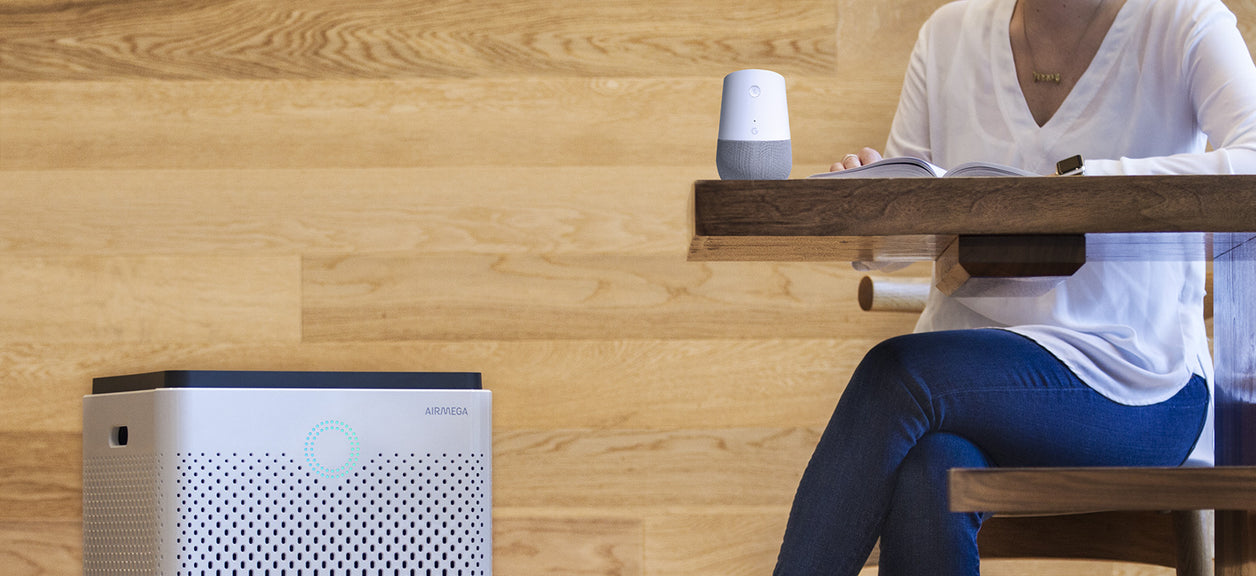
What can a smart home do for you?
Smart homes are getting smarter all the time. Thanks to Internet of Things (IoT) technology, internet-connected devices can automatically control everything from heating to home security and even adjust to your behavior. You can also remotely monitor and control devices, usually through an app on your smartphone or another networked device. Increasingly, these capabilities are becoming a part of everyday life.
The Internet of Things
IoT technology lies at the heart of smart home systems. It connects various devices equipped with sensors to the internet, allowing them to collect and share data. Researchers forecast that 20.8 billion connected things will be in use worldwide by 2020. In your home, devices can share data about everyday matters and then take certain actions—say, turning on the dishwasher before you get home from work—based on your preferences, without any human intervention.
Applications in your home
What can your smart home do? For one thing, it can ease the demands of daily life. In the kitchen, for example, refrigerators are able to keep track of food expiration dates and even make shopping lists. Coffee makers can start brewing when your alarm goes off in the morning. Do you tend to forget to water your plants? With connected timers, a smart system will water your plants at the right time of day and with the right amount of water. If you’re running late and your pooch is hungry, connected feeders can dispense dinner.
The technology can also increase efficiency and reduce energy costs. Smart thermostats learn your behavior and automatically modify settings, turning up the heat before you’re due home from work, as well as providing reports of your energy use. Similarly, instead of leaving the air conditioning on all day, your AC is able to turn itself on before you arrive. Smart lighting systems can detect when occupants are in a room and adjust lighting accordingly. And now, smart air purifiers are joining the ranks of these growing, connected devices.
Then there’s the matter of home security. Smart homes can monitor themselves, inside and outside, and see and talk to visitors. They also can identify the difference between residents, pets, and potential burglars.
Many devices can be integrated into voice activated systems, like Amazon’s Alexa and Google Home, that contain virtual personal assistants which learn about your behavior and preferences. For example, the Coway Airmega smart air purifier is now integrated into both Amazon Alexa devices and Google Home, allowing you to activate and control the device via your voice.
Disclaimers
1Coway air purifiers have been proven to trap dust, pollen, dander, viruses and bacteria in the air based on KCL (Korea Conformity Laboratories) testing.They have been tested in a 30㎥ size chamber according to the Korea Air Cleaning Association standard (SPS-KACA 002-132:2022 Modified) to measure the 0.01㎛ size of particle removal rate. It was tested on maximum airflow speed in normal room temperature and humidity conditions. The performance may vary in the actual living environment of customers.
→ Tested with Airmega Aim, 50, 100, 150, 160, Tower AP-1216L, Mighty AP-1512HH, MightyS AP-1512HHS, 200M, Icon, IconS, 230, 240, 250, 250 Art, 250S, 300, 300S, 350, 400, 400S, 450, ProX
299.97% of viruses, bacteria, fungi and pollen were verified to be removed from the air for Coway air purifiers which have Green True HEPA™ filter applied based on the Japan Food Research Laboratories(JFRL) testing according to JEM 1467 standard.
→ Tested with Coway Airmega Mighty AP-1512HH, MightyS AP-1512HHS, 250, 250 Art, 250S, 300, 300S, 400, 400S
→ All tested by JFRL and received above result within below time.
4The concentration of ammonia, acetaldehyde and acetic acid were proven to be removed within 30 minutes by FCG Research Institute, Inc. Human Life Science Lab. It is not a demonstration result in the actual use space. Not all odors and gases may be supported. → Tested with Coway Airmega 150, 160, Mighty AP-1512HH, MightyS AP-1512HHS, 400, 400S
5The coverage area of the air purifier is based on an area where the air cleaner can make two air changes per hour (ACPH). An air change per hour translates to how many times an air purifier can clean an area, assuming the height of a ceiling to be 8 ft, in one hour. Therefore ** means two air changes per hour means that the cleaner can clean the area once every 30 minutes and * means air changes per hour means that the air purifier can clean the area once every 60 minutes.
10Terms and conditions apply. Discounts, including promotions, coupons, bundle discount and subscription discount, cannot be stacked on top of other coupons. During promotional periods, discount codes will not be able to be applied to orders. Promo codes may apply to products only—filters, accessories, and new products within 3 months of the release date are not included.
11Based on Coway R&D internal laboratory testing, activated carbon filtration was shown to remove up to 95% of ammonia odors within 40 minutes, and up to 99% of fecal odors within 20 minutes. Actual performance may vary depending on usage conditions.



























